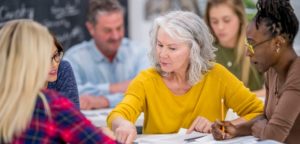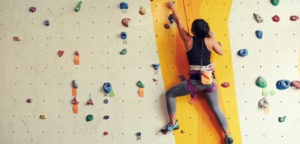
Study Strategies: What the Research Tells Us
We know a lot about study strategies—how they can be used to improve exam performance and promote a deeper understanding of the material. We also know that many students are attempting to learn course content without particularly strong study skills. They procrastinate and have short











